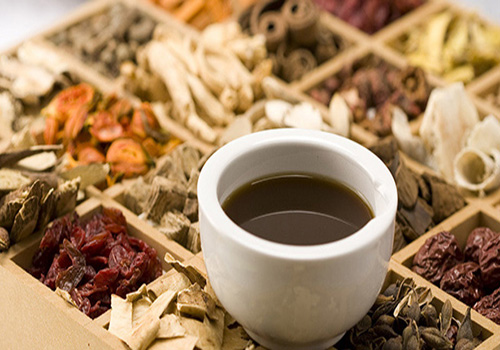General Introduction to the Traditional Medicine Occupation at College Level
On December 28, 2018, the Ministry of Labor, Invalids and Social Affairs issued Circular 54/2018/TT-BLDTBXH stipulating the minimum amount of knowledge and competency requirements that learners must achieve after graduating at intermediate level, college level for fields, occupations related to health and social services.

General introduction to the field and profession of traditional medicine at college level - Illustrative image
According to the Regulations on minimum knowledge volume, competency requirements for students upon graduation from intermediate and college levels in the field and profession of traditional medicine issued together with Circular 54/2018/TT-BLDTBXH, a general introduction to the field and profession of traditional medicine at the college level is as follows:
- Traditional medicine at the college level is a profession based on the foundation of philosophy and empirical medical knowledge accumulated from generations of Eastern medical practitioners, passed down and developed by renowned domestic physicians, meeting the level 5 requirements in the Vietnamese national qualification framework.
- Traditional medicine diagnoses illnesses through the methods of: visual examination (observing the patient and their environment), auditory examination (listening to sounds from the body and the patient's sentiments), interrogation (questioning patients and their family about relevant issues), palpation (examining by hands and tools) to determine the illness. In terms of treatment, traditional medicine employs techniques such as acupuncture; oral or topical medication, and even massage.
The acupuncture method is based on a meridian system described in detail with hundreds of acupuncture points on the body. These points and meridian lines are linked to the internal organs, so to treat disorders in any internal organ or any type of disorder, intervention is made at the corresponding points, along with some supporting points if necessary. Notably, the system of these points and meridians cannot be described by Western medical anatomical and physiological methods, although in modern times, acupuncture is used as an analgesic (anesthesia) in some surgeries (combining Eastern and Western medicine).
Northern medicine refers to medicinal ingredients that are extracted and processed according to Chinese books. Southern medicine refers to medicinal ingredients discovered by physicians within the Vietnamese territory. Famous physicians considered to be the forefathers of Vietnamese medicine include Le Huu Trac and Tue Tinh.
Additionally, at the college level, traditional medicine practitioners are provided with basic knowledge of traditional medicine and trained in skills for examining, diagnosing, and treating common illnesses, as well as cooperating with traditional medicine doctors in patient care at traditional medicine hospitals, traditional medicine departments of general hospitals, clinics, health stations, traditional medicine associations, and private traditional medicine clinics using traditional methods such as Northern-Southern medicine, acupuncture, massage, acupressure, and therapeutic exercises. They also participate in the preparation, business of medicinal materials at medicinal material production, business establishments, and the trade of finished traditional medicine products...
Note the minimum knowledge volume: 2,220 hours (equivalent to 90 credits).
For details, see Circular 54/2018/TT-BLDTBXH, effective February 10, 2019.
Le Vy
- Resolution 190: Guidance on citizen reception, complaint and denunciation resolution during organizational restructuring process in Vietnam
- Provisions on naming and use of seals after the organizational restructuring in Vietnam according to Resolution 190
- Continue to implement regulations related to the operation of four-wheeled vehicles with engines in Vietnam
- Supreme People's Court of Vietnam will conducting asset and income verification of 37 individuals in 2025
- Provision of public information services to support public access to information in particularly difficult communes in Vietnam from April 5, 2025
- General principles for allocating public investment capital from the state budget in Vietnam for the 2026 - 2030 period
-

- Resolution 190: Guidance on citizen reception ...
- 09:00, 22/02/2025
-

- Provisions on naming and use of seals after the ...
- 08:00, 22/02/2025
-

- Continue to implement regulations related to the ...
- 17:30, 21/02/2025
-

- Amendments to regulations on the salary scale ...
- 17:30, 21/02/2025
-

- Supreme People's Court of Vietnam will conducting ...
- 17:00, 21/02/2025
 Article table of contents
Article table of contents
